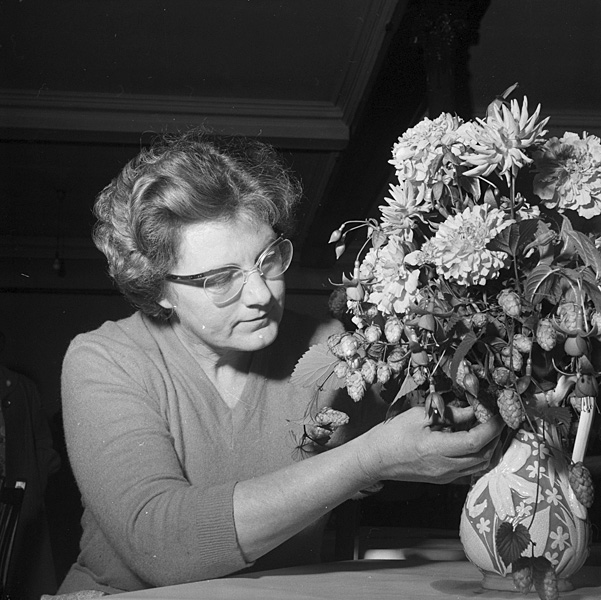
Images of women arranging flowers at the Caernarvonshire Federation of Women’s Institutes flower arranging competition 8th October 1959 Photographer: Geoff Charles All images © People’s Collection Wales
Whilst browsing The People’s Collection’s online archive recently, I came across the remarkable photographs of Geoff Charles. Produced during Charles’s long career as a journalist in Wales, his images record the communities, cultural life and working lives of Welsh people across the country from the mid-1930s to the 1970s.
The agricultural show was a regular subject for Charles, as were smaller local produce and flower shows. One of these was the Caernarfonshire Women’s Institute Flower Arranging Show which Charles photographed in October 1959 and 1960. In three particularly striking portraits the intense concentration of the competitors is palpable, as they each make finishing touches to their arrangements.
Most of the arrangements produced for the show are quite formal and stiff, unlike the more naturalistic styles fashionable today. The seasonal flowers in the competitors’ vases looks as though they’ve come from their own gardens, with dahlias and chrysanthemums as popular choices. One woman has used trailing hops in her design, to balance the height of the taller blooms, and perhaps showing the influence of the florist Constance Spry, who liked to use unusual plants in her work. Charles records the long lengths of white paper covering the display tables, employed to form a neutral backdrop to each vase of flowers.
Visitors to the show are mature women, dressed in their best clothes and hats, as if for a church service. A great observer of people, Charles captures expressions of surprise, and momentary glances between the women that reveal subtleties of their personalities, as well as the competitive spirit at the occasion.
Geoff Charles (1909 – 2002) was born in Brymbo near Wrexham in Wales, and trained as a journalist in London in the 1920s. Charles bought his first camera whilst working for the Wrexham Star, and by the mid-1930s became manager of photographic section at Woodall’s Newspapers. Influenced by Picture Post’s style of photo-journalism, he contributed stories to various newspaper titles in Wales for decades, including the Welsh language paper Y Cymro (The Welsh, or The Welshman). His archive of 120,000 photographs is preserved at the National Library of Wales.
Charles documented people with the same steady gaze, whether they were attending local gatherings or events of national importance. At a state occasion, for example, he would be more likely to photograph a guest like Prince Charles waiting for it to begin than to create a conventional royal portrait.
Charles seems to have attached great value to the roles played by women, recording their working lives in factories and laundries, as well as craft based industries like weaving and ceramics across Wales. Charles was also a regular visitor to events organised by the Women’s Institute in Wales, and with his journalist’s eye for a story, was expert at capturing the character of their Christmas parties, cookery demonstrations and drama festivals.
Today Charles’s work has an elegiac quality, as so much of what he recorded has disappeared. People, buildings, and whole industries have gone, and with them, the settled way of life for dozens of communities. Charles understood the importance of preserving images from these times for future generations to appreciate, so it seems entirely fitting that over 1,500 of his extraordinary images are now made available to all online by The People’s Collection, a website which documents the cultural heritage of Wales.
Links below to Charles’s work – including more scenes from Women’s Institute gatherings.
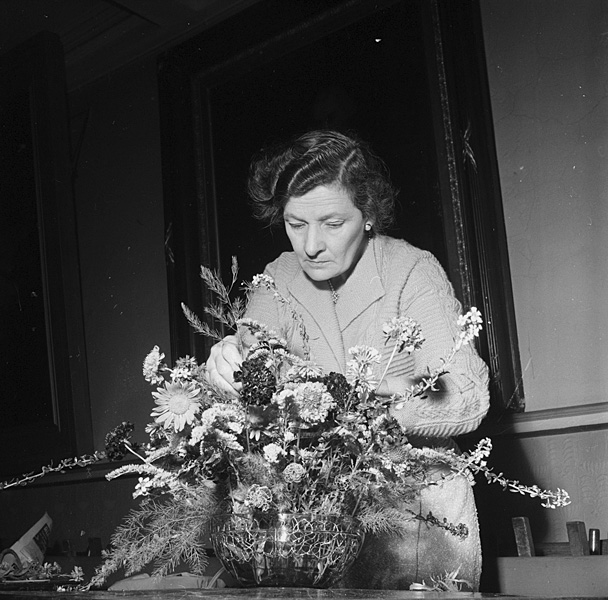
Images of women arranging flowers at the Caernarvonshire Federation of Women’s Institutes flower arranging competition 8th October 1959
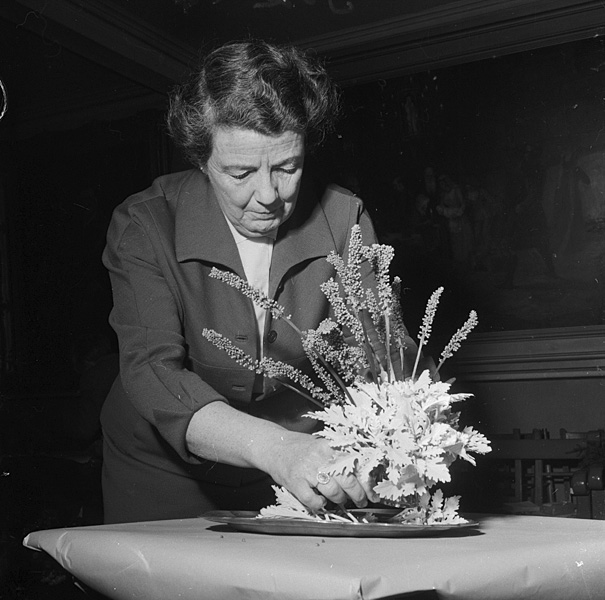
Images of women arranging flowers at the Caernarvonshire Federation of Women’s Institutes flower arranging competition 8th October 1959

Caernarfonshire Women’s Institute flower arranging competition 13th October 1960
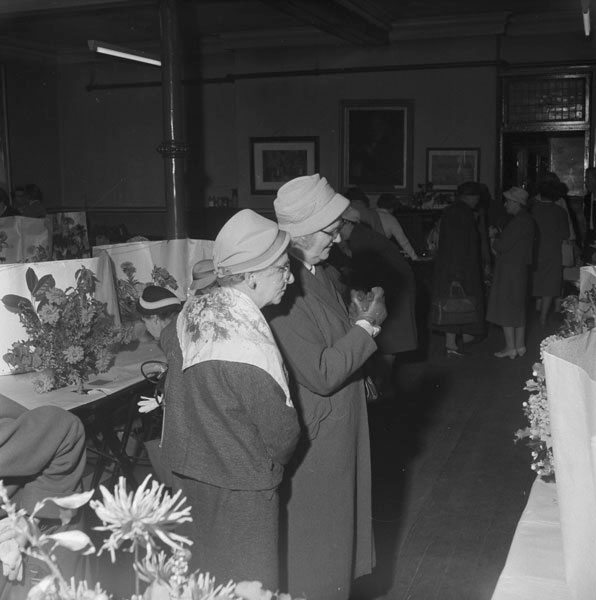
Caernarfonshire Women’s Institute flower arranging competition 13th October 1960
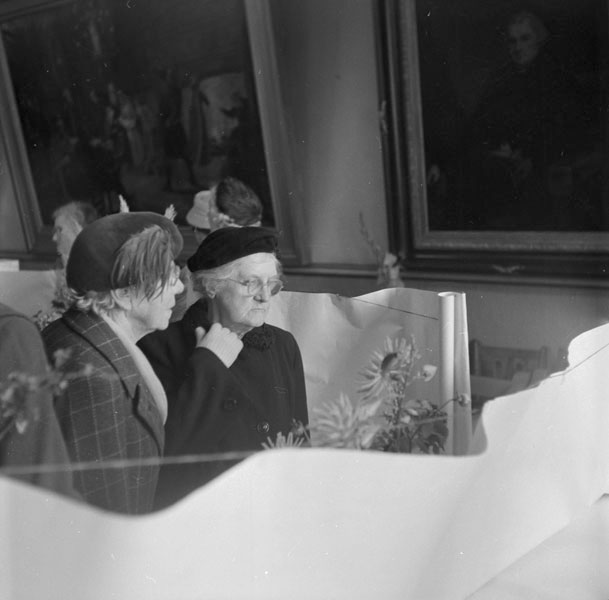
Caernarfonshire Women’s Institute flower arranging competition 13th October 1960
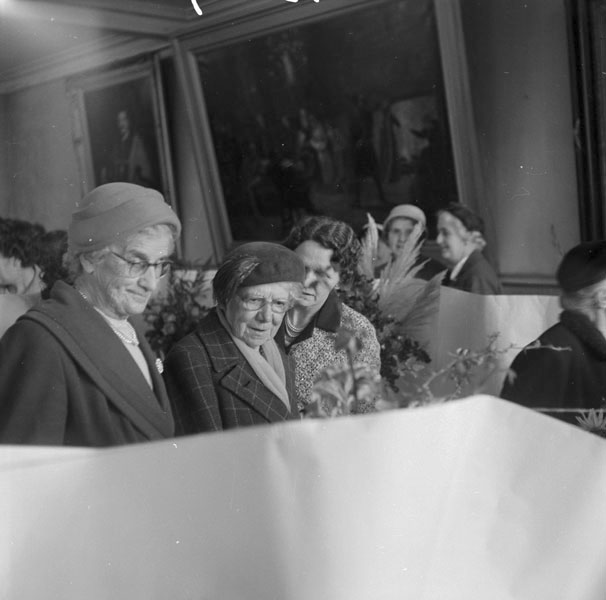
Caernarfonshire Women’s Institute flower arranging competition 13th October 1960

Caernarfonshire Women’s Institute flower arranging competition 13th October 1960
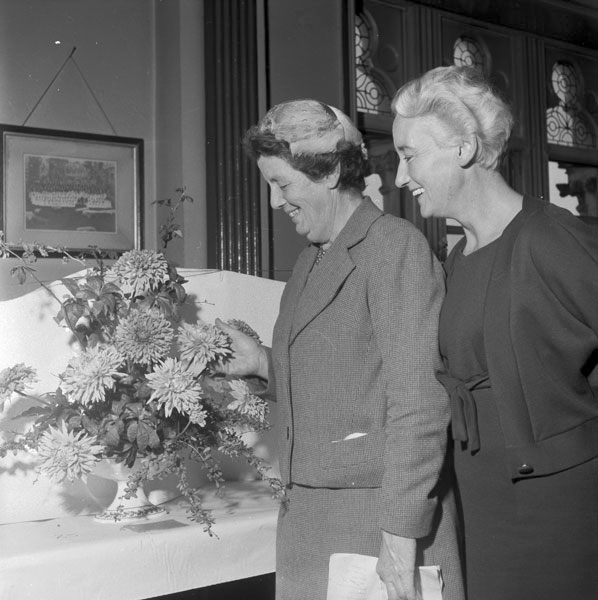
Caernarfonshire Women’s Institute flower arranging competition 13th October 1960
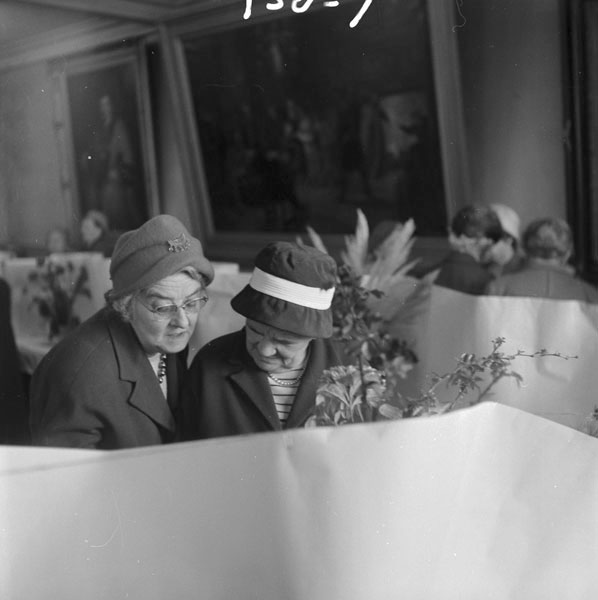
Caernarfonshire Women’s Institute flower arranging competition 13th October 1960
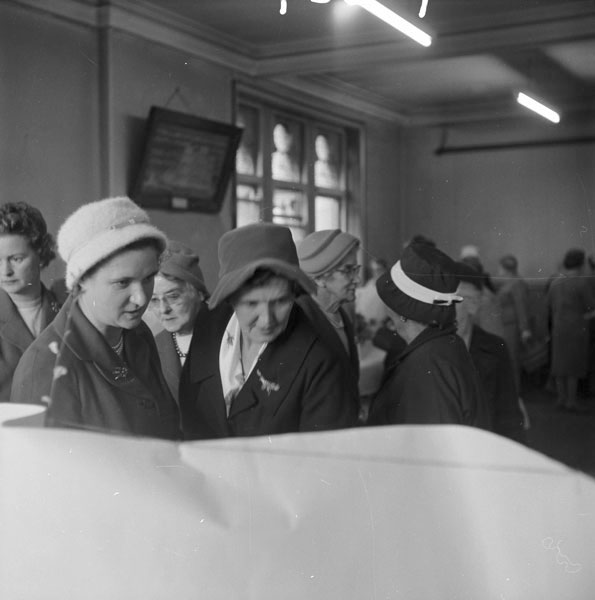
Caernarfonshire Women’s Institute flower arranging competition 13th October 1960
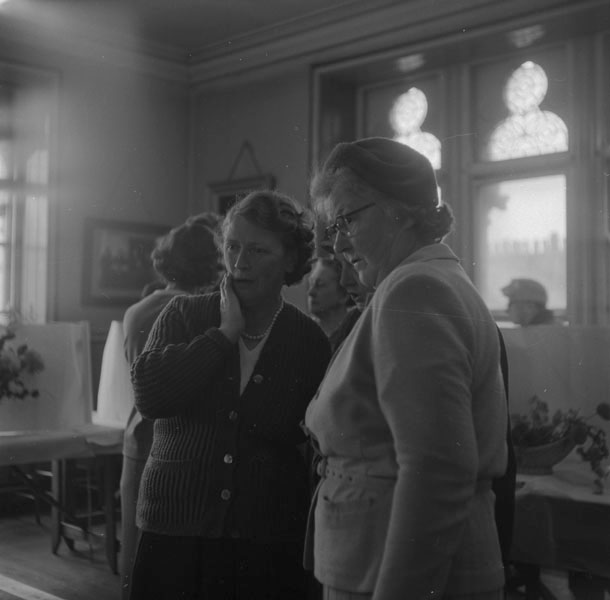
Caernarfonshire Women’s Institute flower arranging competition 13th October 1960
Selection of Geoff Charles’s photographs at the People’s Collection Wales here
Geoff Charles Biography – People’s Collection Wales here
Geoff Charles Wikipedia here
Picture Post (1938 – 1957) here









































